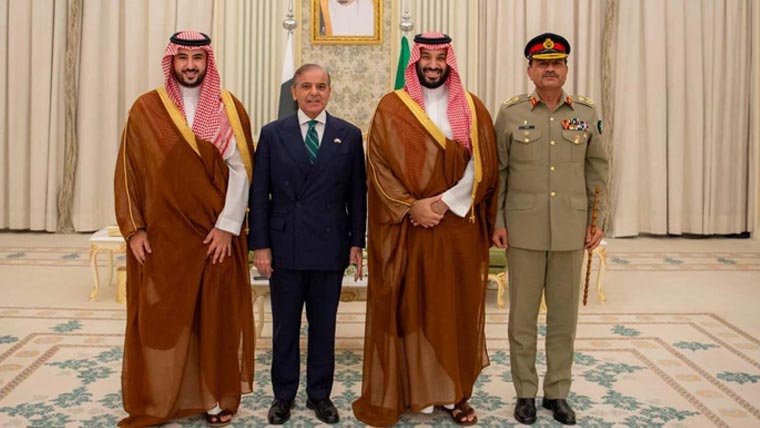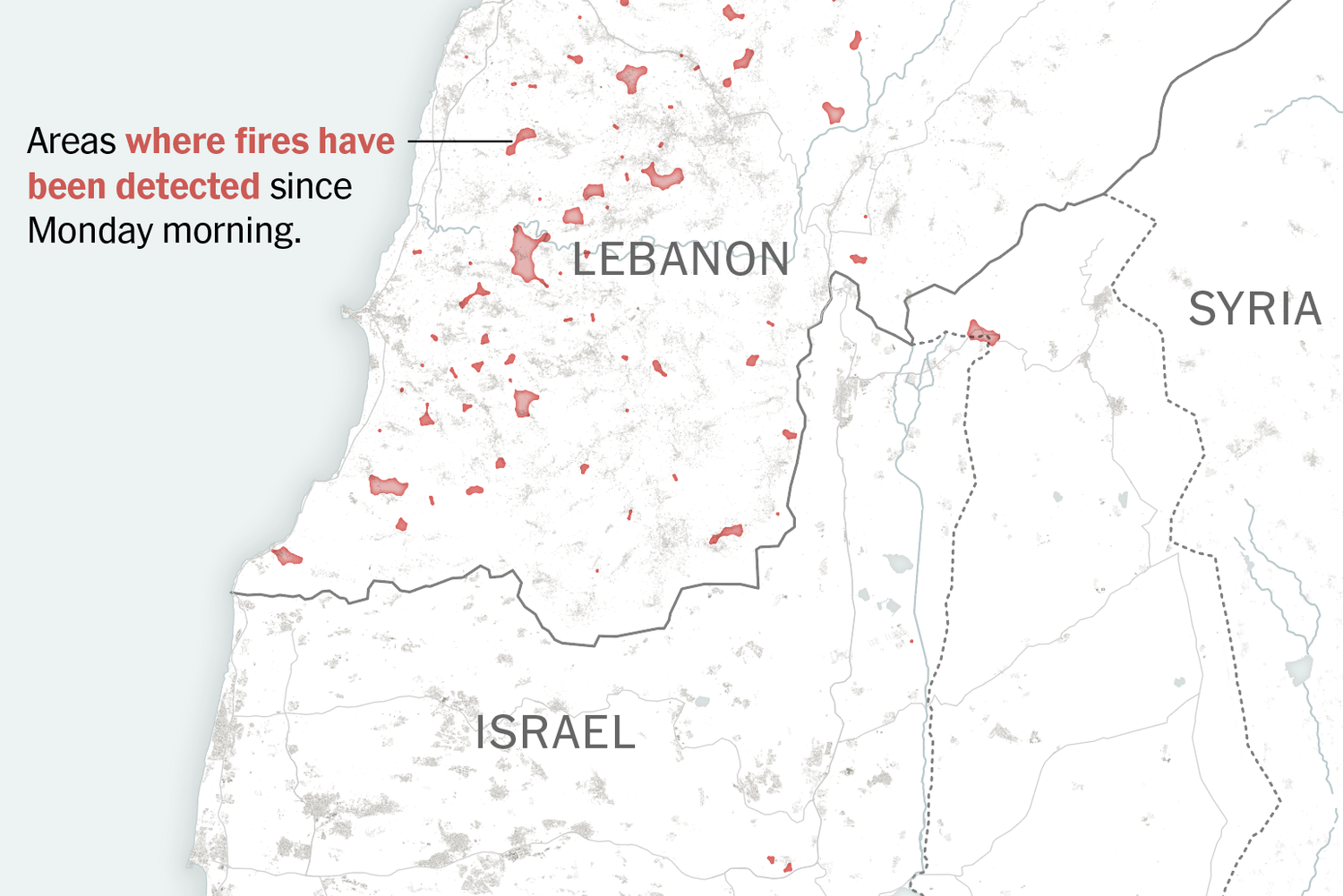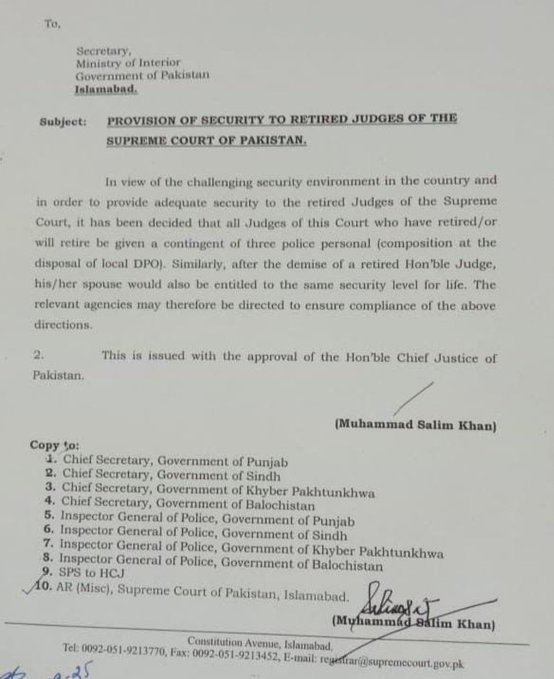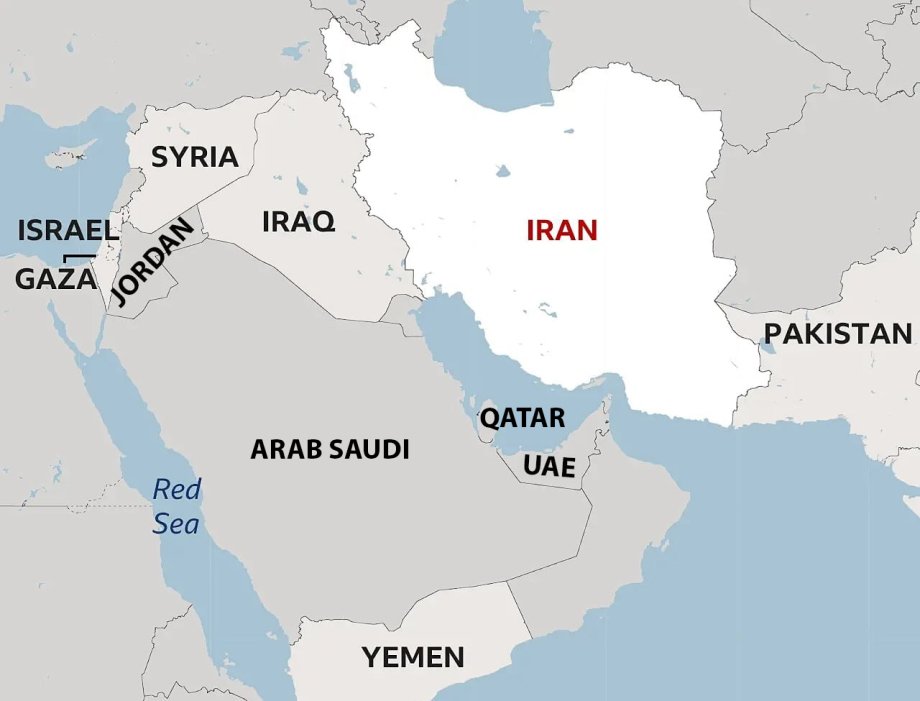Fajar Niazi
In a significant development with far-reaching implications for Pakistani consumers and the economy, the government has reached an understanding with the International Monetary Fund (IMF) to increase electricity tariffs starting July 2025. This hike will be implemented through the annual rebasing mechanism if the power sector’s revenue requirements exceed the allocated subsidy envelope of Rs 1.036 trillion for fiscal year 2025–26. This agreement was finalized during the IMF mission’s visit to Pakistan between May 14 and 24, 2025.
The proposed tariff adjustment is part of a broader commitment by Pakistan to meet the IMF’s fiscal benchmarks and to contain the growing burden of power sector subsidies. To avoid the accumulation of new circular debt in FY26, the government has promised that subsidy allocations will remain within the Rs 1.036 trillion limit. This includes Rs 182 billion from the Petroleum Development Levy-financed Prime Minister’s Relief Package. The IMF has emphasized that these subsidies must remain within 0.8% of the GDP and be directly tied to transparent targets for reducing losses and clearing debt stock.
Reduced hydropower output due to lower water availability and the rising reliance on expensive imported fuels have also contributed to an expected increase in electricity costs. As part of the understanding, both sides agreed that if the financial needs surpass the subsidy ceiling, the government will resort to electricity tariff adjustments through the annual rebasing exercise while maintaining a “progressive” tariff structure—ensuring those who consume more electricity will pay more.
The revised subsidy ceiling signals a sharp rise from earlier estimates. Initially, Rs 400 billion were allocated for FY2025–26 under the recurrent budget. However, this figure has now been revised to Rs 636.136 billion. Despite this increase, experts within the Power Division estimate that the total subsidy requirement for the fiscal year may exceed Rs 1.2 trillion due to growing obligations and policy distortions. A key contributor to this trend is the rising number of consumers falling within the “protected” category—those using less than 200 units per month—who receive subsidized rates. This behavior is being reinforced as consumers deliberately manage usage or install solar panels to remain eligible for protection, thereby increasing the total subsidy burden.
Industrial and commercial power users—who historically cross-subsidized residential users—are now consuming less due to economic contraction, global inflation, and domestic policy instability. As a result, cross-subsidy flows are diminishing, putting further strain on the sector’s financial equilibrium. This is forcing the government to rely more heavily on direct subsidies and tariff hikes to cover the gap.
In parallel, the government aims to retire Rs 541 billion of the circular debt during FY2025 as part of a larger six-year debt reduction roadmap. However, the success of this plan depends largely on the effective execution of the Circular Debt Workout and Action Plan (CDWAP) and the restructuring of Pakistan Holding Limited’s (PHL) debt—two components deemed essential to reducing future borrowing costs and ensuring long-term financial stability in the energy sector.
Despite these steps, institutional bottlenecks remain a major hurdle. The Finance Division has instructed the Power Division and all relevant Principal Accounting Officers (PAOs) to strictly adhere to budget preparation protocols, focusing on cost center-level budgeting and rational financial planning. However, the consistent lack of implementation and weak administrative controls have historically rendered such directives ineffective.
Political considerations also limit the scope of reform. Electricity pricing is a sensitive issue in Pakistan. Attempts to raise tariffs often face resistance from both the public and influential industrial lobbies, making it difficult for the government to implement IMF-mandated reforms in full. As elections draw closer, the government finds itself walking a tightrope—balancing fiscal prudence with political survivability.
This situation underscores a deeper structural failure. Instead of addressing fundamental flaws—such as poor transmission infrastructure, theft, inefficient billing, and reliance on costly generation—successive governments have relied on short-term measures like subsidies and tariff tweaks to stay afloat. As a result, the power sector remains a major drag on the national budget and a persistent source of economic instability.
In conclusion, while the agreement with the IMF may temporarily prevent fiscal collapse and keep international lenders satisfied, it does not offer a sustainable solution. The real test lies in the government’s ability to go beyond tariff increases and implement genuine structural reforms. Without political will and administrative commitment to transparency, governance, and efficiency, Pakistan’s energy sector will continue to struggle—and consumers will continue to bear the cost.















